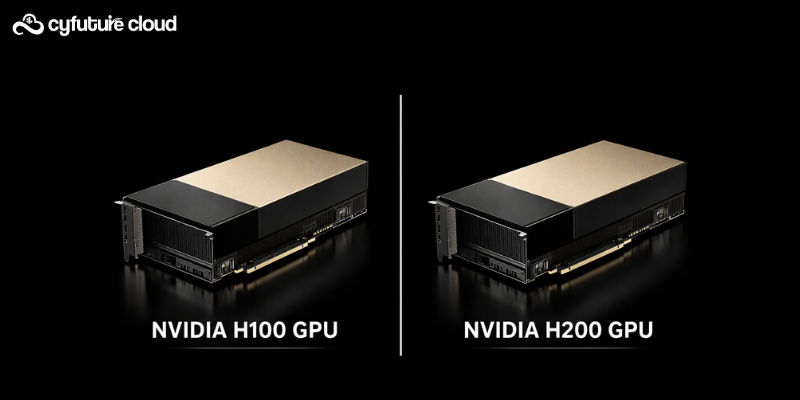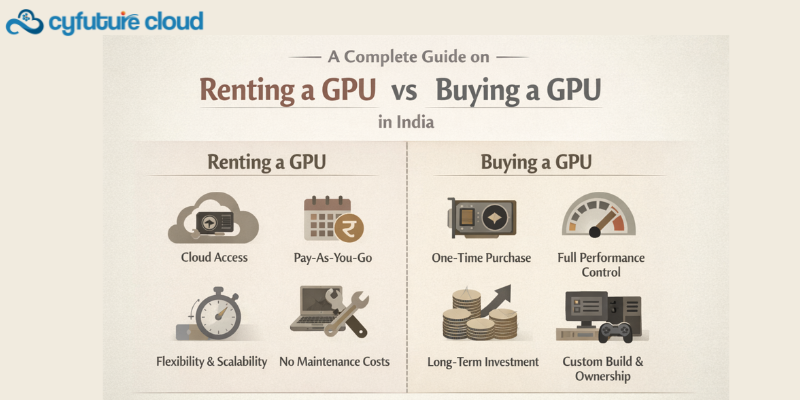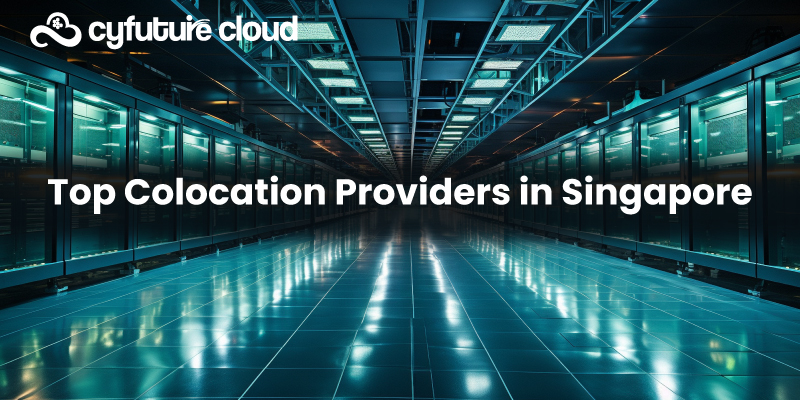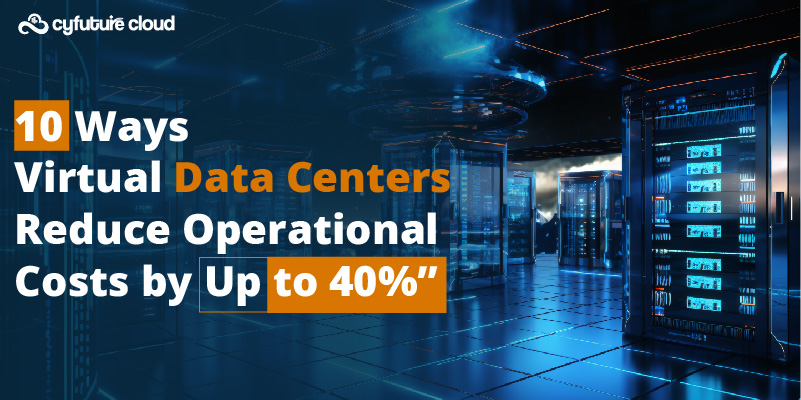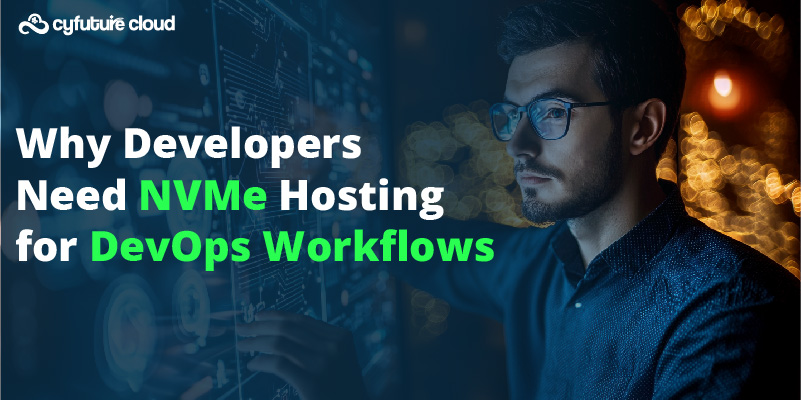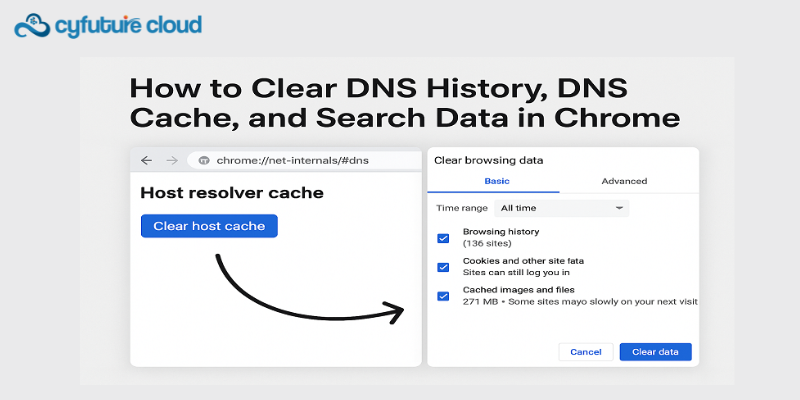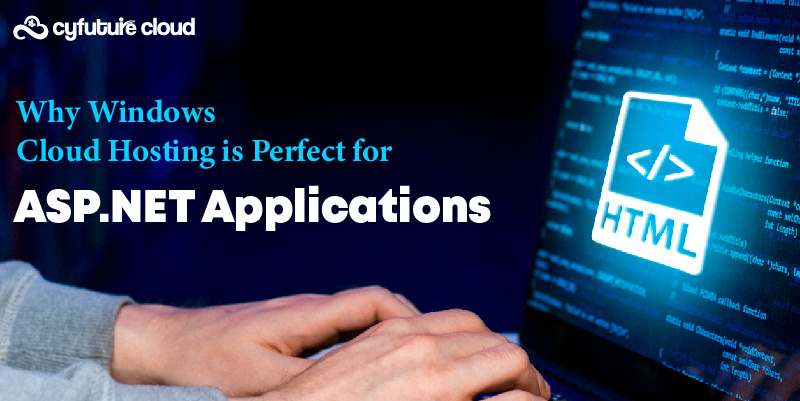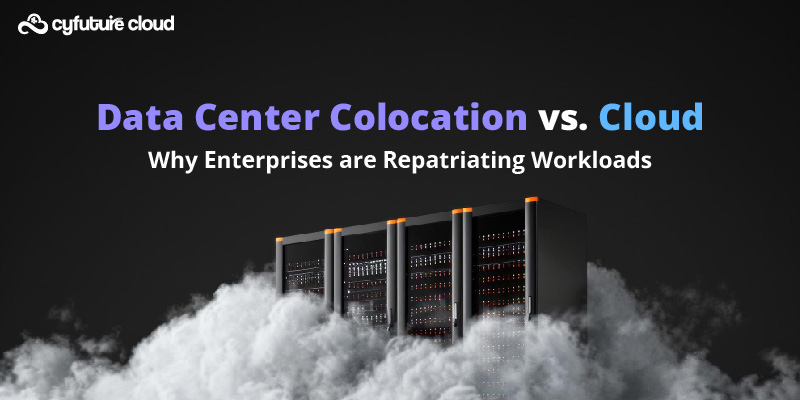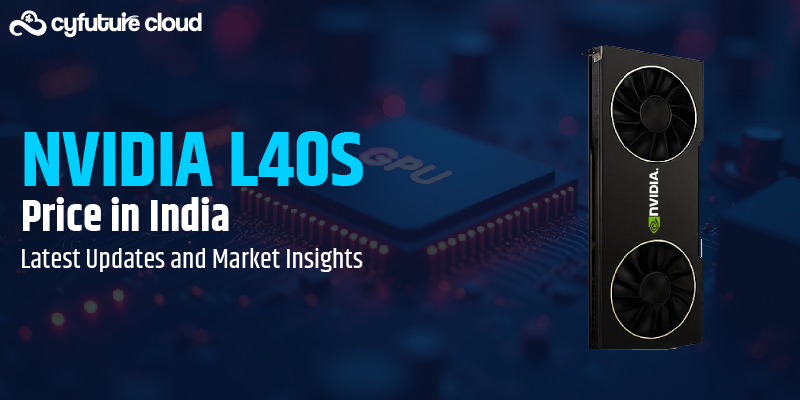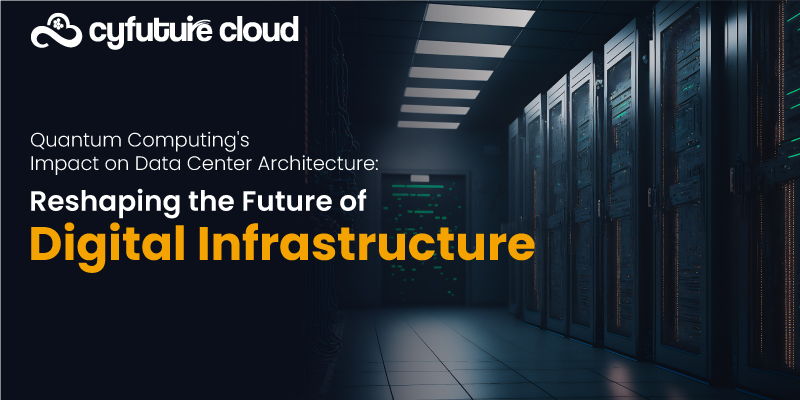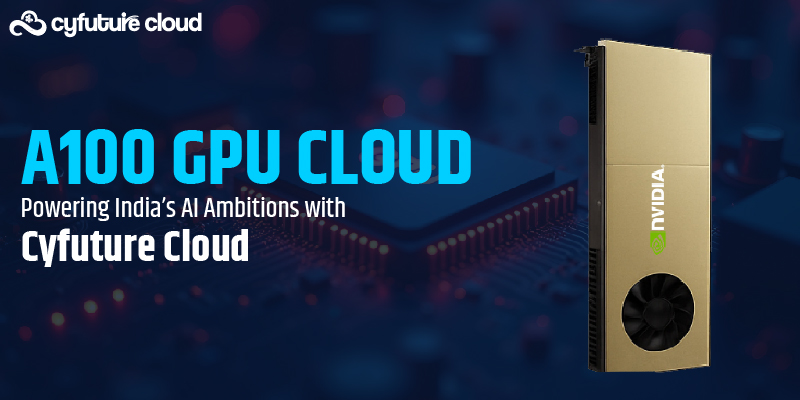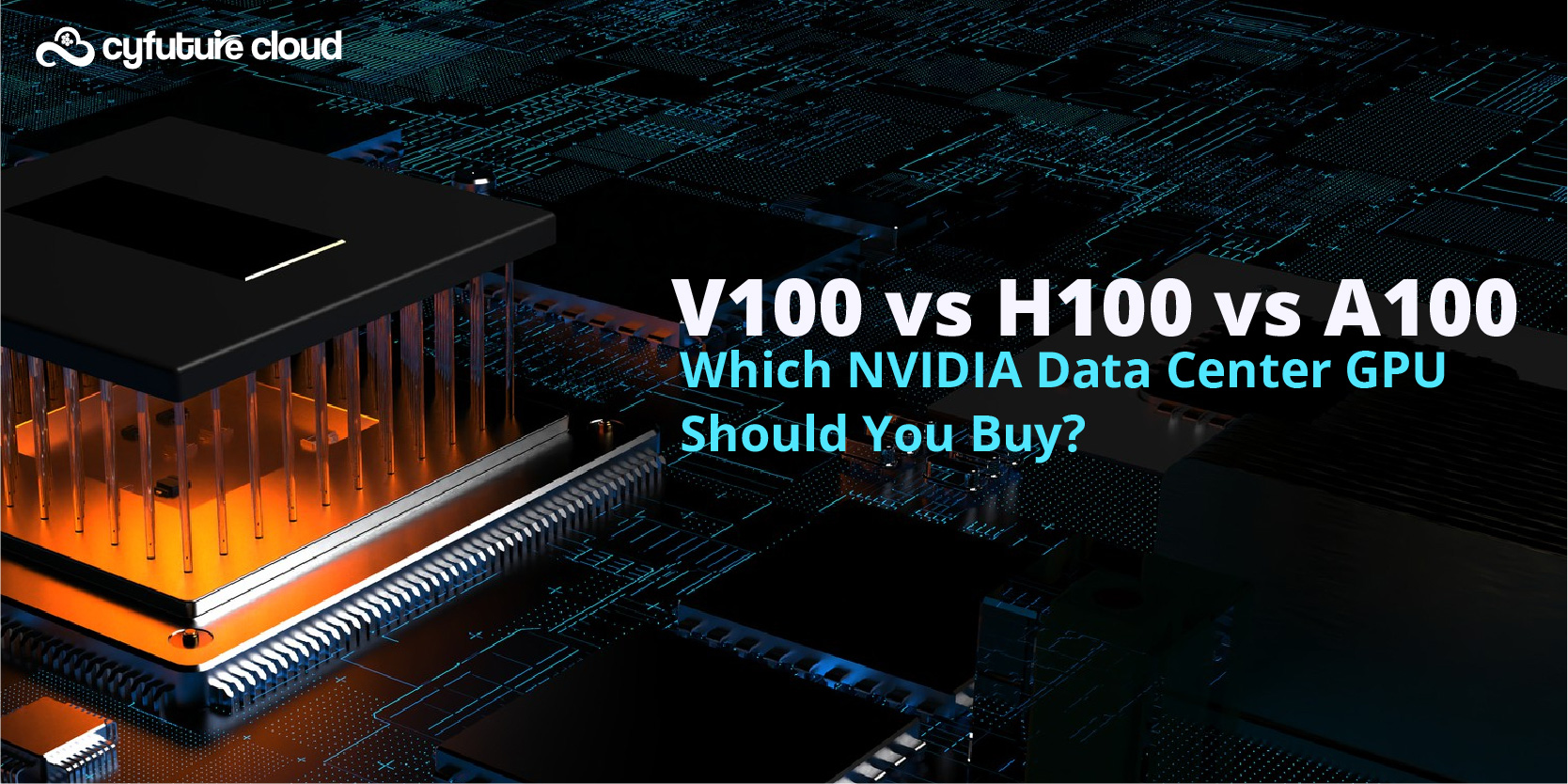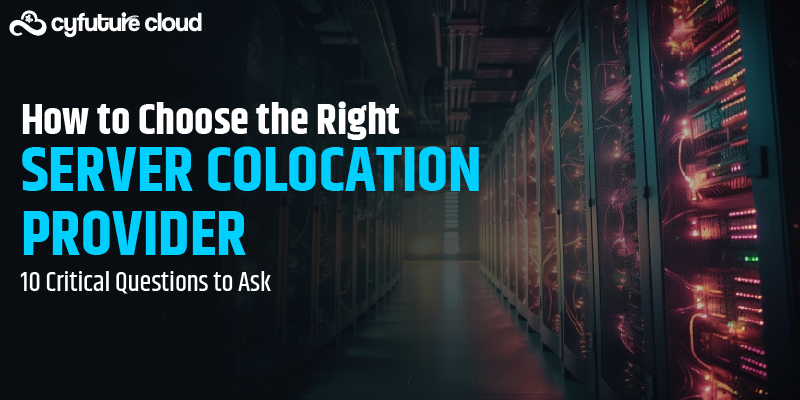Get 69% Off on Cloud Hosting : Claim Your Offer Now!
- Products
-
Compute
Compute
- Predefined TemplatesChoose from a library of predefined templates to deploy virtual machines!
- Custom TemplatesUse Cyfuture Cloud custom templates to create new VMs in a cloud computing environment
- Spot Machines/ Machines on Flex ModelAffordable compute instances suitable for batch jobs and fault-tolerant workloads.
- Shielded ComputingProtect enterprise workloads from threats like remote attacks, privilege escalation, and malicious insiders with Shielded Computing
- GPU CloudGet access to graphics processing units (GPUs) through a Cyfuture cloud infrastructure
- vAppsHost applications and services, or create a test or development environment with Cyfuture Cloud vApps, powered by VMware
- Serverless ComputingNo need to worry about provisioning or managing servers, switch to Serverless Computing with Cyfuture Cloud
- HPCHigh-Performance Computing
- BaremetalBare metal refers to a type of cloud computing service that provides access to dedicated physical servers, rather than virtualized servers.
-
Storage
Storage
- Standard StorageGet access to low-latency access to data and a high level of reliability with Cyfuture Cloud standard storage service
- Nearline StorageStore data at a lower cost without compromising on the level of availability with Nearline
- Coldline StorageStore infrequently used data at low cost with Cyfuture Cloud coldline storage
- Archival StorageStore data in a long-term, durable manner with Cyfuture Cloud archival storage service
-
Database
Database
- MS SQLStore and manage a wide range of applications with Cyfuture Cloud MS SQL
- MariaDBStore and manage data with the cloud with enhanced speed and reliability
- MongoDBNow, store and manage large amounts of data in the cloud with Cyfuture Cloud MongoDB
- Redis CacheStore and retrieve large amounts of data quickly with Cyfuture Cloud Redis Cache
-
Automation
Automation
-
Containers
Containers
- KubernetesNow deploy and manage your applications more efficiently and effectively with the Cyfuture Cloud Kubernetes service
- MicroservicesDesign a cloud application that is multilingual, easily scalable, easy to maintain and deploy, highly available, and minimizes failures using Cyfuture Cloud microservices
-
Operations
Operations
- Real-time Monitoring & Logging ServicesMonitor & track the performance of your applications with real-time monitoring & logging services offered by Cyfuture Cloud
- Infra-maintenance & OptimizationEnsure that your organization is functioning properly with Cyfuture Cloud
- Application Performance ServiceOptimize the performance of your applications over cloud with us
- Database Performance ServiceOptimize the performance of databases over the cloud with us
- Security Managed ServiceProtect your systems and data from security threats with us!
- Back-up As a ServiceStore and manage backups of data in the cloud with Cyfuture Cloud Backup as a Service
- Data Back-up & RestoreStore and manage backups of your data in the cloud with us
- Remote Back-upStore and manage backups in the cloud with remote backup service with Cyfuture Cloud
- Disaster RecoveryStore copies of your data and applications in the cloud and use them to recover in the event of a disaster with the disaster recovery service offered by us
-
Networking
Networking
- Load BalancerEnsure that applications deployed across cloud environments are available, secure, and responsive with an easy, modern approach to load balancing
- Virtual Data CenterNo need to build and maintain a physical data center. It’s time for the virtual data center
- Private LinkPrivate Link is a service offered by Cyfuture Cloud that enables businesses to securely connect their on-premises network to Cyfuture Cloud's network over a private network connection
- Private CircuitGain a high level of security and privacy with private circuits
- VPN GatewaySecurely connect your on-premises network to our network over the internet with VPN Gateway
- CDNGet high availability and performance by distributing the service spatially relative to end users with CDN
-
Media
-
Analytics
Analytics
-
Security
Security
-
Network Firewall
- DNATTranslate destination IP address when connecting from public IP address to a private IP address with DNAT
- SNATWith SNAT, allow traffic from a private network to go to the internet
- WAFProtect your applications from any malicious activity with Cyfuture Cloud WAF service
- DDoSSave your organization from DoSS attacks with Cyfuture Cloud
- IPS/ IDSMonitor and prevent your cloud-based network & infrastructure with IPS/ IDS service by Cyfuture Cloud
- Anti-Virus & Anti-MalwareProtect your cloud-based network & infrastructure with antivirus and antimalware services by Cyfuture Cloud
- Threat EmulationTest the effectiveness of cloud security system with Cyfuture Cloud threat emulation service
- SIEM & SOARMonitor and respond to security threats with SIEM & SOAR services offered by Cyfuture Cloud
- Multi-Factor AuthenticationNow provide an additional layer of security to prevent unauthorized users from accessing your cloud account, even when the password has been stolen!
- SSLSecure data transmission over web browsers with SSL service offered by Cyfuture Cloud
- Threat Detection/ Zero DayThreat detection and zero-day protection are security features that are offered by Cyfuture Cloud as a part of its security offerings
- Vulnerability AssesmentIdentify and analyze vulnerabilities and weaknesses with the Vulnerability Assessment service offered by Cyfuture Cloud
- Penetration TestingIdentify and analyze vulnerabilities and weaknesses with the Penetration Testing service offered by Cyfuture Cloud
- Cloud Key ManagementSecure storage, management, and use of cryptographic keys within a cloud environment with Cloud Key Management
- Cloud Security Posture Management serviceWith Cyfuture Cloud, you get continuous cloud security improvements and adaptations to reduce the chances of successful attacks
- Managed HSMProtect sensitive data and meet regulatory requirements for secure data storage and processing.
- Zero TrustEnsure complete security of network connections and devices over the cloud with Zero Trust Service
- IdentityManage and control access to their network resources and applications for your business with Identity service by Cyfuture Cloud
-
-
Compute
- Solutions
-
Solutions
Solutions
-
 Cloud
Hosting
Cloud
Hosting
-
 VPS
Hosting
VPS
Hosting
-
GPU Cloud
-
 Dedicated
Server
Dedicated
Server
-
 Server
Colocation
Server
Colocation
-
 Backup as a Service
Backup as a Service
-
 CDN
Network
CDN
Network
-
 Window
Cloud Hosting
Window
Cloud Hosting
-
 Linux
Cloud Hosting
Linux
Cloud Hosting
-
Managed Cloud Service
-
Storage as a Service
-
 VMware
Public Cloud
VMware
Public Cloud
-
 Multi-Cloud
Hosting
Multi-Cloud
Hosting
-
 Cloud
Server Hosting
Cloud
Server Hosting
-
 Bare
Metal Server
Bare
Metal Server
-
 Virtual
Machine
Virtual
Machine
-
 Magento
Hosting
Magento
Hosting
-
Remote Backup
-
 DevOps
DevOps
-
 Kubernetes
Kubernetes
-
 Cloud
Storage
Cloud
Storage
-
NVMe Hosting
-
 DR
as s Service
DR
as s Service
-
-
Solutions
- Marketplace
- Pricing
- Resources
- Resources
-
By Product
Use Cases
-
By Industry
- Company
-
Company
Company
-
Company
5 Best NVIDIA GPUs Alternative You Should Check Out
Table of Contents
NVIDIA’s H100 GPU has taken the AI and data center world by storm, delivering unmatched performance for high-performance computing, deep learning, and large-scale AI models. However, getting your hands on an H100 is easier said than done—whether due to sky-high prices, limited availability, or specific workload requirements.
For many professionals, businesses, and researchers, finding a powerful yet cost-effective alternative to the H100 is crucial. But with so many GPUs on the market, making the right choice can be overwhelming.
That’s why I’ve done the hard work for you. After extensive research and comparisons, I’ve compiled a list of the best NVIDIA GPUs alternatives that offer impressive performance, scalability, and value for AI, ML, and HPC workloads.
Check them out below and find the best fit for your needs.
Looking for NVIDIA H100 GPUs? Cyfuture Cloud Has You Covered!
While alternatives are great, sometimes nothing beats the real thing. If you’re looking for direct access to NVIDIA H100 GPUs without the hassle of sourcing hardware, Cyfuture Cloud offers on-demand H100 cloud instances for AI training, deep learning, and enterprise workloads.
With scalable cloud infrastructure, competitive pricing, and instant availability, Cyfuture Cloud ensures you get the best AI performance without hardware constraints. Whether you’re running LLMs, deep learning models, or complex HPC applications, Cyfuture Cloud’s H100 solutions provide unparalleled speed and efficiency.
Check out Cyfuture Cloud’s NVIDIA GPUs offerings and accelerate your AI journey!
Now, let’s explore the top alternatives for those looking beyond the NVIDIA H100.
AMD (Advanced Micro Devices)
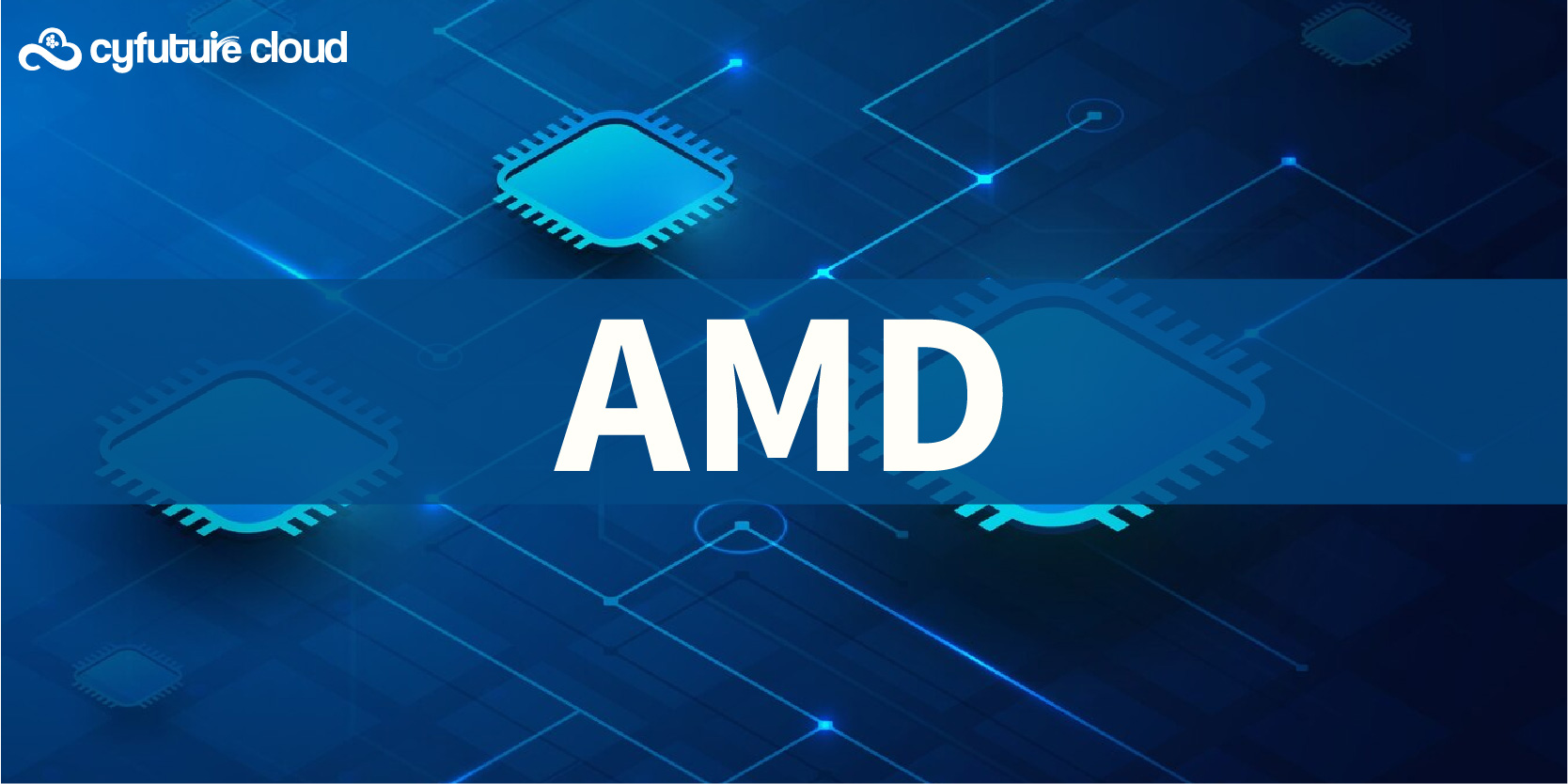
AMD is NVIDIA’s biggest rival in the AI data center GPU space. The Instinct MI300X is a strong alternative to the H100, designed for AI, machine learning, and HPC workloads. It features 192GB HBM3 memory, 5.2 TB/s bandwidth, and an 8-chiplet design, making it a powerhouse for deep learning and generative AI.
Intel
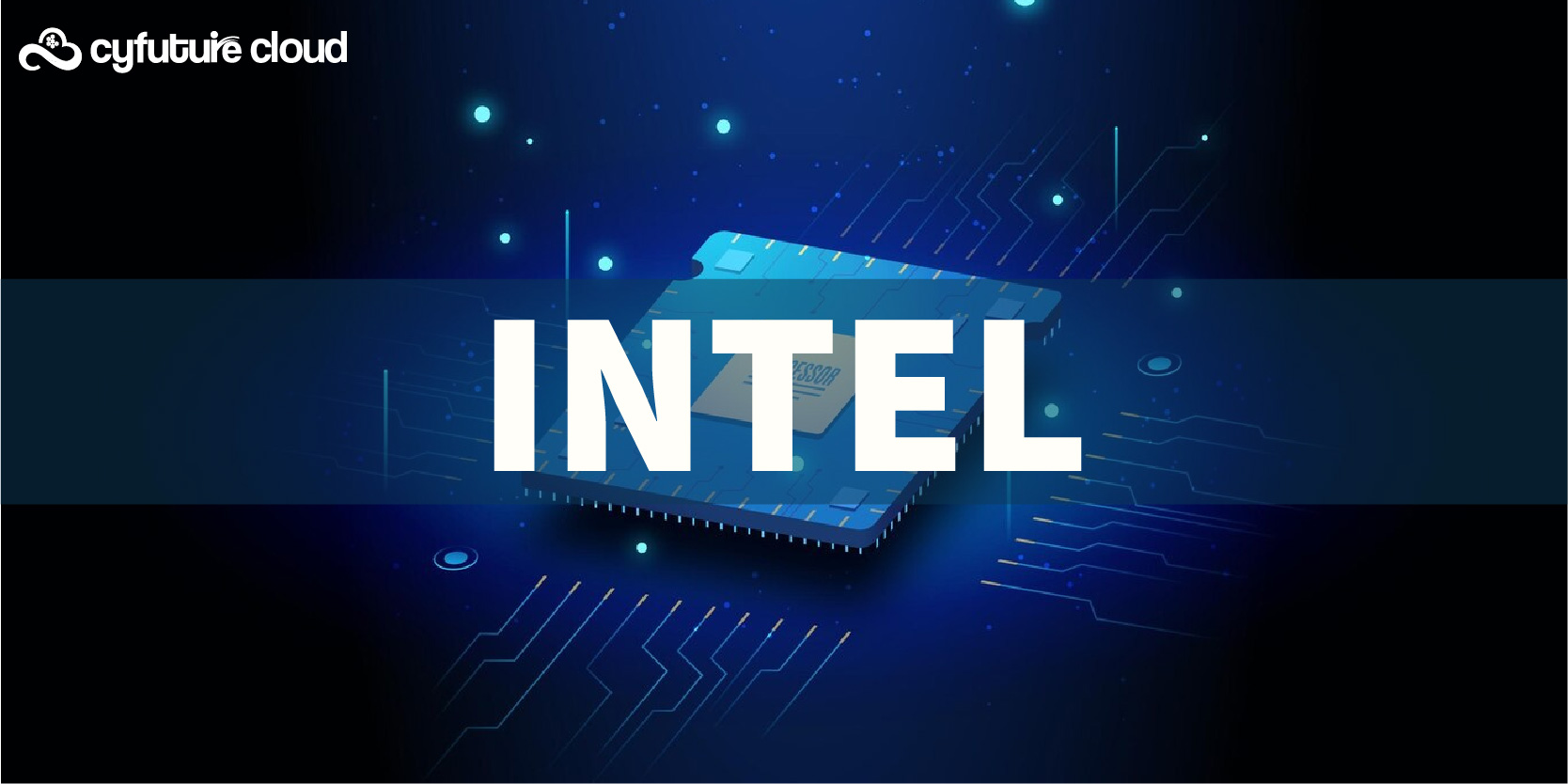
Intel is aggressively entering the AI accelerator market with its Gaudi series. While Gaudi 2 already offers AI training and inference capabilities at a lower cost than the H100, the upcoming Gaudi 3 (expected in 2024) promises to push AI performance even further. Intel aims to provide cost-effective AI training solutions with high efficiency per dollar.
Google (TPUs – Tensor Processing Units)

Google’s Tensor Processing Units (TPUs) are custom-built AI accelerators optimized for deep learning workloads. TPU v4 rivals the NVIDIA H100 in cloud-based AI model training, while the newer TPU v5e focuses on efficiency and scalability for enterprise AI. These TPUs are a great choice for AI teams using Google Cloud.
Cerebras Systems
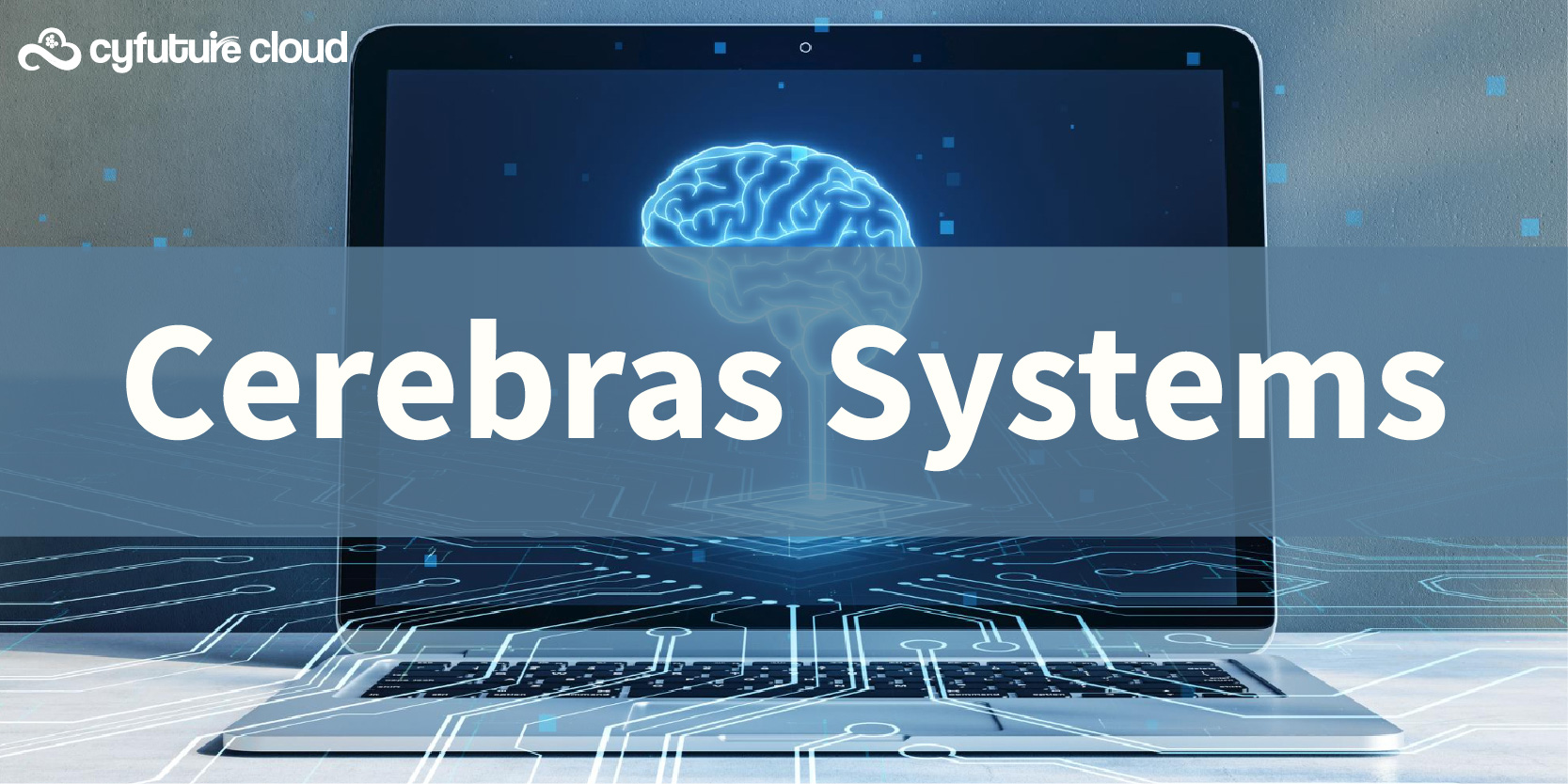
Cerebras takes a different approach with its Wafer Scale Engine 2 (WSE-2), which is the largest AI processor in the world. Unlike traditional GPUs, this chip is designed for extreme-scale AI workloads, boasting 850,000 cores and 40GB on-chip memory. It outperforms traditional GPUs in AI cloud model training speed and energy efficiency.
Graphcore
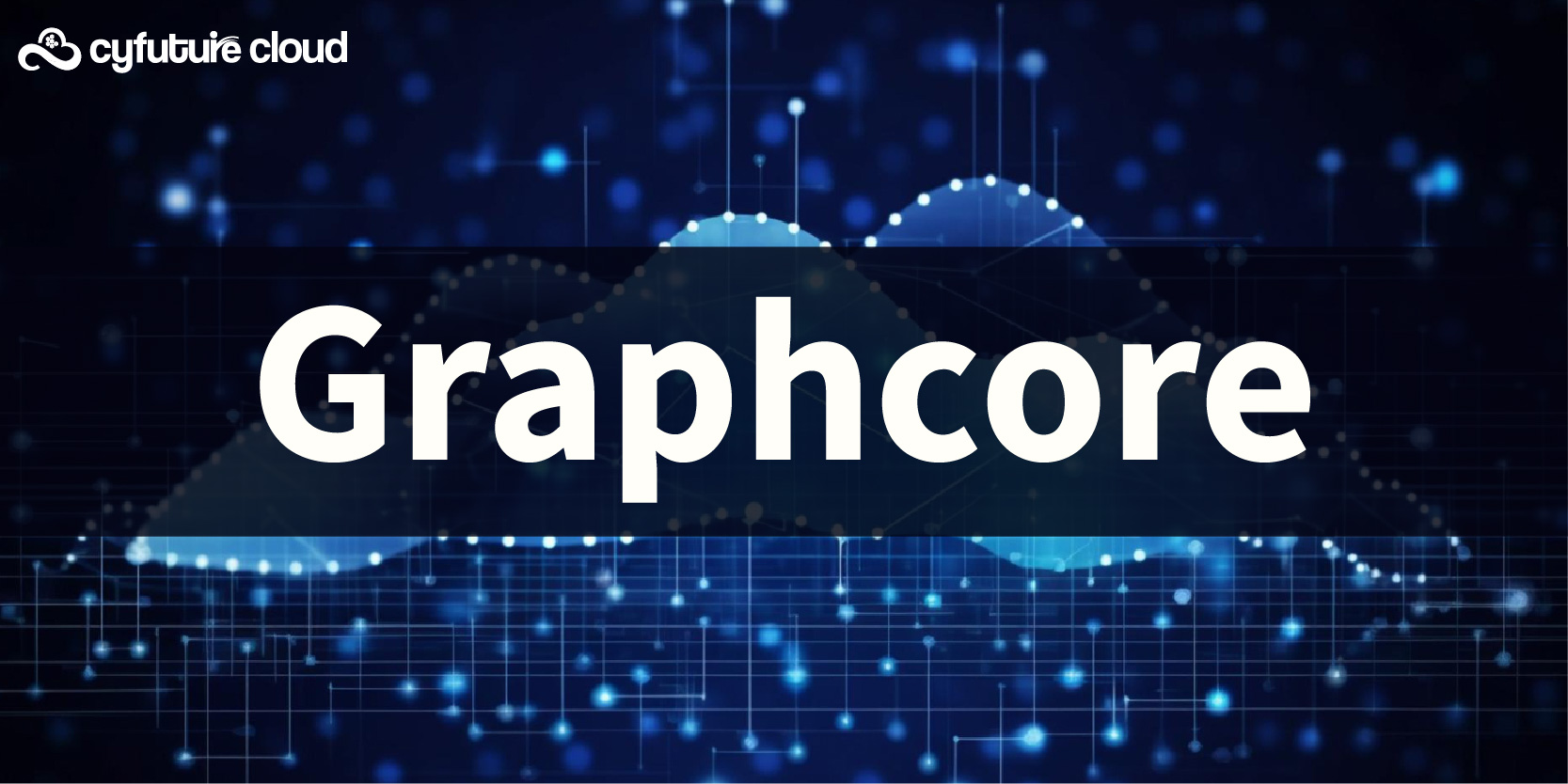
Graphcore’s Intelligence Processing Units (IPUs) provide an alternative to NVIDIA’s AI GPUs, specializing in parallel processing for deep learning. The IPU-POD256 offers high-speed AI training with thousands of parallel cores, making it a competitive option for businesses working on large-scale AI applications.
How to Choose the Right GPU Provider? A Complete Checklist
Before selecting a GPU provider, whether you’re opting for an NVIDIA GPUs H100, one of its alternatives, or a cloud-based solution, there are several critical factors to consider. Choosing the wrong provider can lead to performance bottlenecks, hidden costs, and scalability issues.
To help you make an informed decision, we’ve prepared a detailed checklist of key aspects to evaluate before picking a GPU provider.
Performance & Hardware Specifications
Not all GPUs are built the same, and even within the same model (e.g., NVIDIA H100 vs. AMD Instinct MI300X), performance can vary based on configurations. Consider:
- GPU Type & Architecture: Ensure the provider offers high-end GPUs designed for your workload (AI, ML, HPC, etc.).
- Memory (VRAM) & Bandwidth: AI training and HPC tasks require higher memory capacity (HBM3, GDDR6, etc.) and fast memory bandwidth.
- Processing Power (TFLOPS/TOPS): The number of CUDA cores, tensor cores, and AI accelerators will impact performance.
- Multi-GPU Support: For large-scale AI, ensure the provider supports multi-GPU clusters or NVLink technology.
Tip: Look for providers that transparently list GPU configurations so you know what you’re getting.
Scalability & Availability
Your GPU needs today might not be the same a few months from now. Ask:
- Can you scale up or down as needed?
- Does the provider offer on-demand GPU instances?
- Are the GPUs available when you need them, or is there a waiting period?
Providers like Cyfuture Cloud offer on-demand access to NVIDIA H100 GPUs, eliminating long procurement cycles.
Pricing & Cost Transparency
GPUs are expensive, and pricing models vary widely. Before committing, check:
- Billing Model: Does the provider charge hourly, monthly, or per workload?
- Hidden Costs: Some providers charge for data egress, storage, or premium networking—always read the fine print!
- Discounts & Commitment Pricing: If you need GPUs long-term, look for reserved instances or bulk pricing deals.
Tip: Compare providers based on cost per TFLOP rather than just base pricing.
Cloud vs. On-Premise vs. Hybrid Deployment
Decide whether you need cloud-based GPUs, on-premise hardware, or a hybrid setup:
- Cloud GPUs (e.g., Cyfuture Cloud, AWS, Google Cloud): Best for scalability and pay-as-you-go flexibility.
- On-Premise GPUs: More control but requires large upfront investment and maintenance.
- Hybrid GPU Solutions: A mix of cloud & on-prem for balancing performance and cost.
If you’re not ready to invest in hardware, cloud GPUs like NVIDIA H100 instances on Cyfuture Cloud can be a great starting point.
Networking & Latency Considerations
For AI training and HPC, low-latency networking is a must. Check:
- Does the provider support high-speed interconnects (NVLink, InfiniBand)?
- What’s the network latency between GPUs? (Essential for multi-GPU training)
- How fast is data transfer between storage and compute?
Providers with optimized AI infrastructure (like Cyfuture Cloud) ensure low-latency connectivity for large-scale models.
Security & Compliance
Your AI models and data are valuable assets. Ensure your GPU provider offers:
- Data Encryption (At Rest & In Transit)
- Compliance with Industry Standards (ISO, GDPR, HIPAA, etc.)
- Secure Multi-Tenancy (For Cloud GPUs)
If you’re working with sensitive data, choosing a provider with strong security measures is non-negotiable.
Software & AI Framework Compatibility
Not all GPUs support the same AI/ML frameworks. Ensure compatibility with:
- CUDA, ROCm, or SYCL (for GPU acceleration)
- TensorFlow, PyTorch, JAX, or other ML frameworks
- Support for Containers & Virtualization (Docker, Kubernetes, etc.)
Tip: If you use NVIDIA software, stick with NVIDIA-certified cloud providers like Cyfuture Cloud to ensure full compatibility.
Customer Support & Reliability
Finally, support matters! If something goes wrong, you need fast response times and expert support. Look for:
- 24/7 Customer Support (Live Chat, Email, Phone)
- SLA (Service Level Agreement) Uptime Guarantees
- Technical Documentation & Community Support
Final Thoughts
Finding the right NVIDIA H100 alternative can be a challenge, but with the right research and understanding of your specific requirements, you can make an informed decision. Whether you go for AMD’s Instinct MI300X, Intel’s Gaudi series, Google’s TPUs, Cerebras’ WSE-2, or Graphcore’s IPUs, each offers unique advantages tailored for AI, deep learning, and HPC workloads.
However, if you’re looking for the ultimate AI performance with the NVIDIA H100, sourcing the hardware yourself can be expensive and time-consuming. This is where Cyfuture Cloud steps in.
Why Choose Cyfuture Cloud for NVIDIA H100 GPUs?
- On-Demand Access – No long procurement cycles or hardware shortages.
- Scalable Cloud Infrastructure – Grow your AI workloads effortlessly.
- Cost-Effective & Flexible Pricing – Pay only for what you use.
- Optimized for AI & HPC – High-speed networking, low latency, and enterprise-grade security.
Whether you’re working on LLMs, deep learning models, or AI research, Cyfuture Cloud’s NVIDIA H100 instances provide unparalleled speed, efficiency, and reliability.
Get started with Cyfuture Cloud today and accelerate your AI cloud journey!
Recent Post

Stay Ahead of the Curve.
Join the Cloud Movement, today!
© Cyfuture, All rights reserved.
Send this to a friend

 Pricing
Calculator
Pricing
Calculator
 Power
Power
 Utilities
Utilities VMware
Private Cloud
VMware
Private Cloud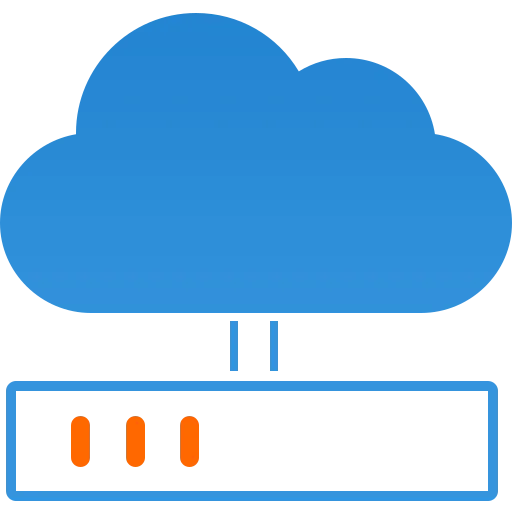 VMware
on AWS
VMware
on AWS VMware
on Azure
VMware
on Azure Service
Level Agreement
Service
Level Agreement 
